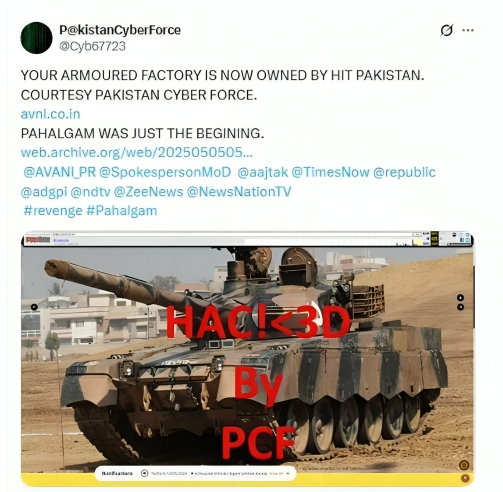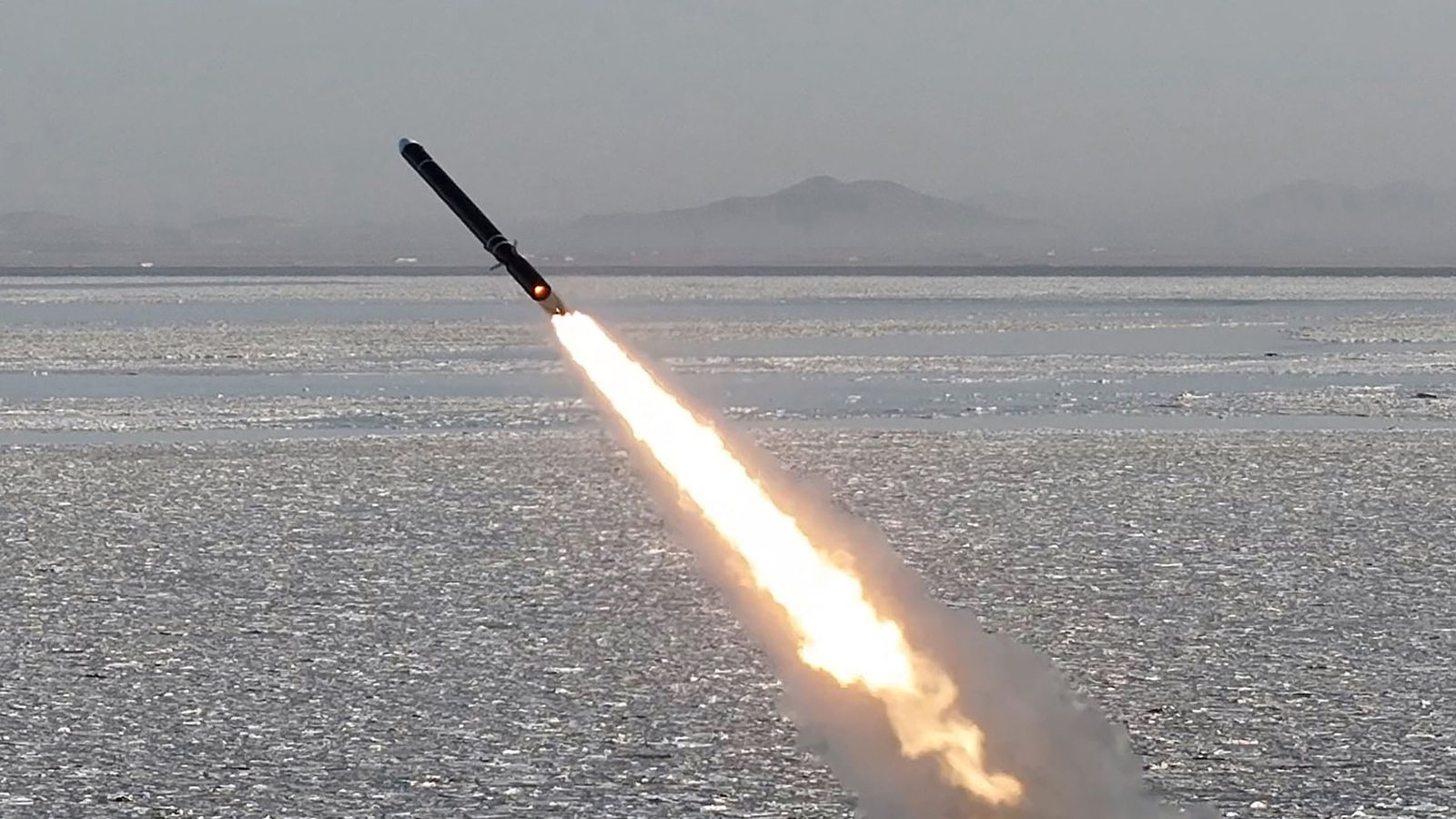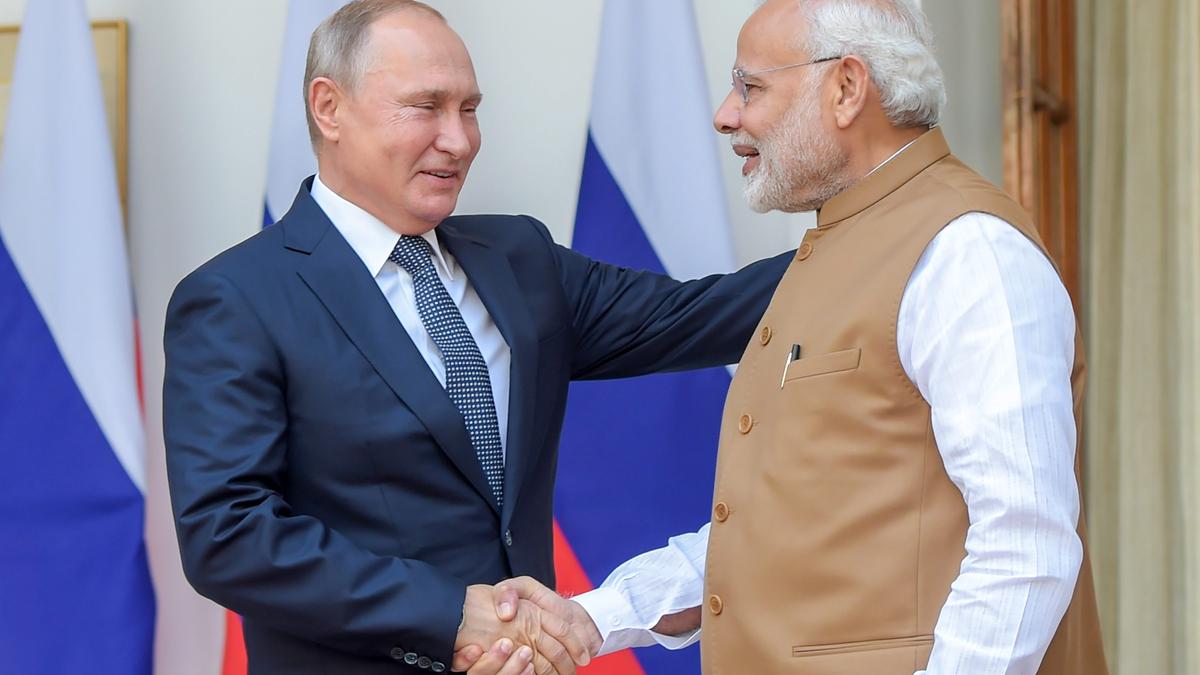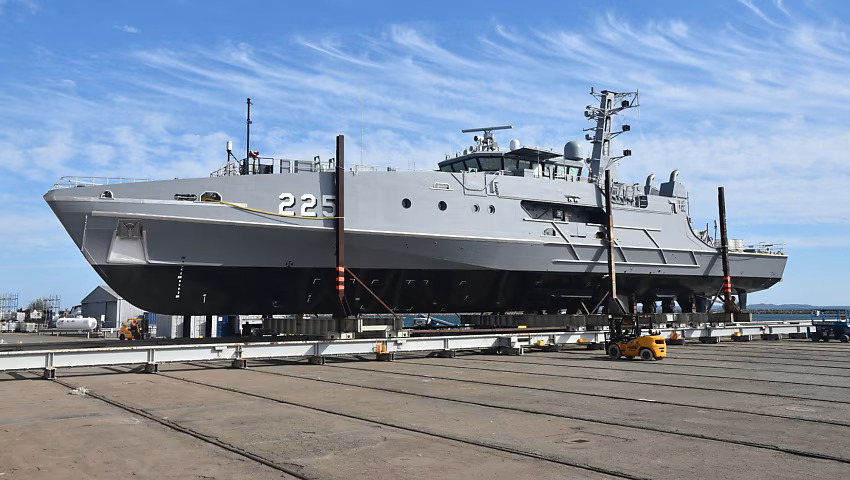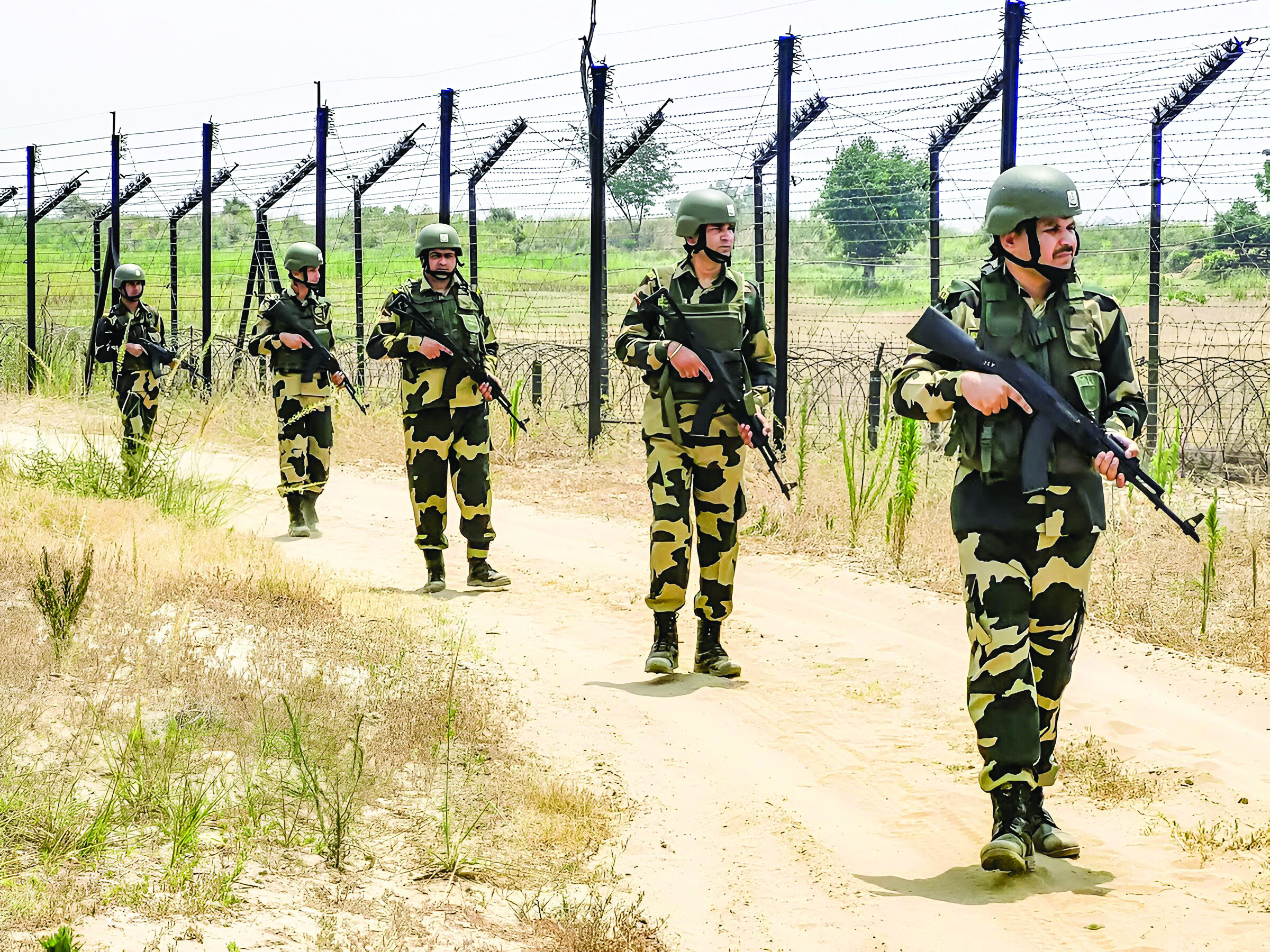Pakistani Cyber Groups Launch New Wave of Attacks on Indian Defence Websites, While MP-IDSA Denies It
In a major escalation of hybrid warfare in South Asia, state-backed hackers from Pakistan—reportedly supported by Chinese intelligence—have launched a…
Pakistan Test-Fires Second Missile Amid Mounting Tensions with India
Pakistan on Monday conducted a second missile test in just three days, firing a short-range surface-to-surface missile with a range…
Putin to Visit India, Condemns Pahalgam Terror Attack During Call with PM Modi
Russian President Vladimir Putin has accepted an invitation from Prime Minister Narendra Modi to visit India for the 23rd India-Russia…
Australia Strengthens Indo-Pacific Maritime Security with Launch of HMAS Cape Spencer Patrol Vessel
Australian shipbuilder Austal successfully launched the future HMAS Cape Spencer, the ninth vessel in the Evolved Cape-class Patrol Boat (ECCPB)…
BSF to Add 16 Battalions, Two New Field HQs Amid Border Security Challenges
In a major step to bolster India's border security, the Border Security Force (BSF) is set to receive final government…
India Urges IMF to Reconsider $1.3 Billion Loan to Pakistan
In a move that could significantly impact regional stability, India has formally requested the International Monetary Fund (IMF) to review…

